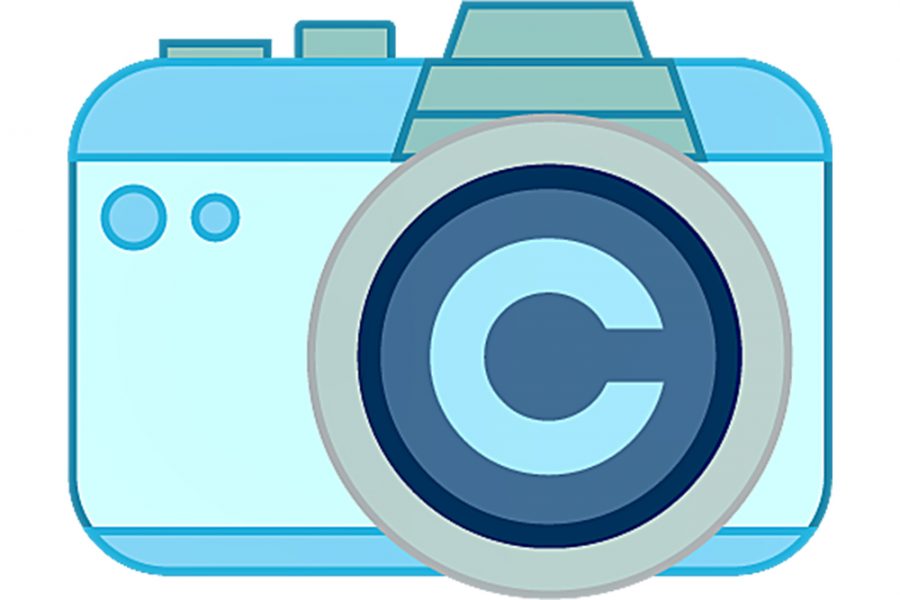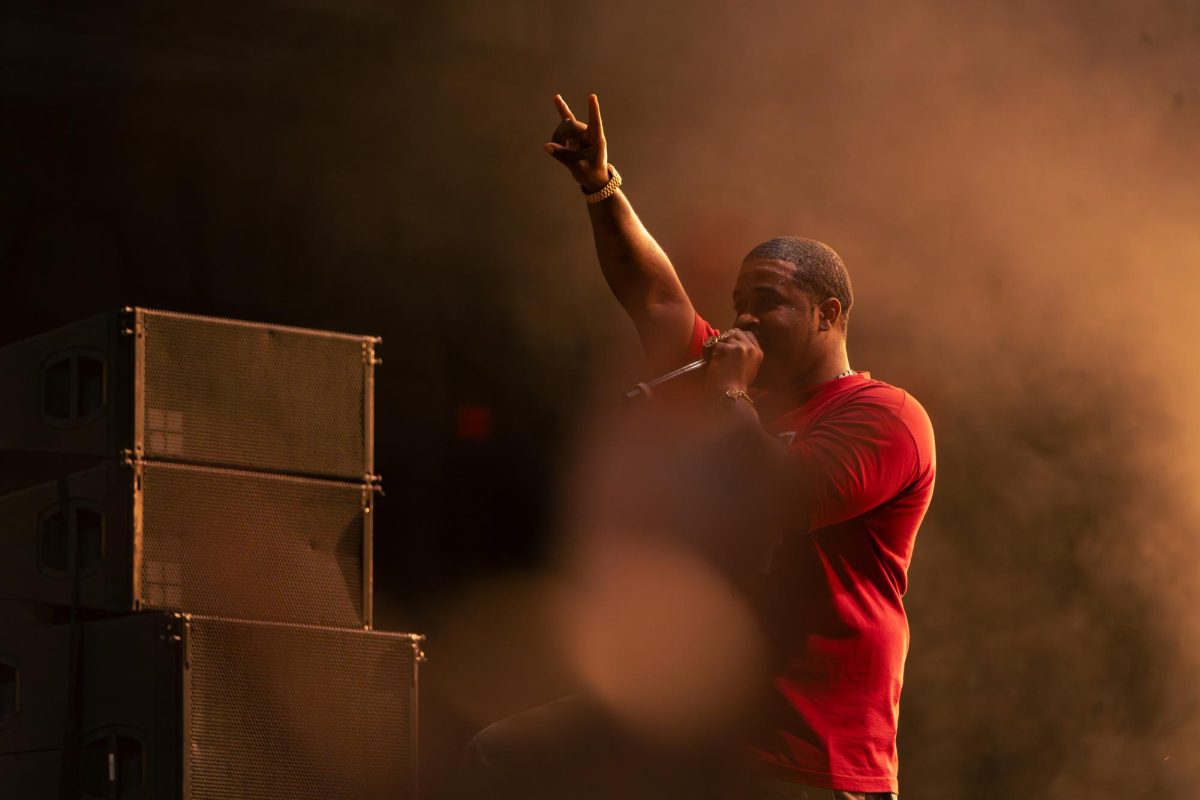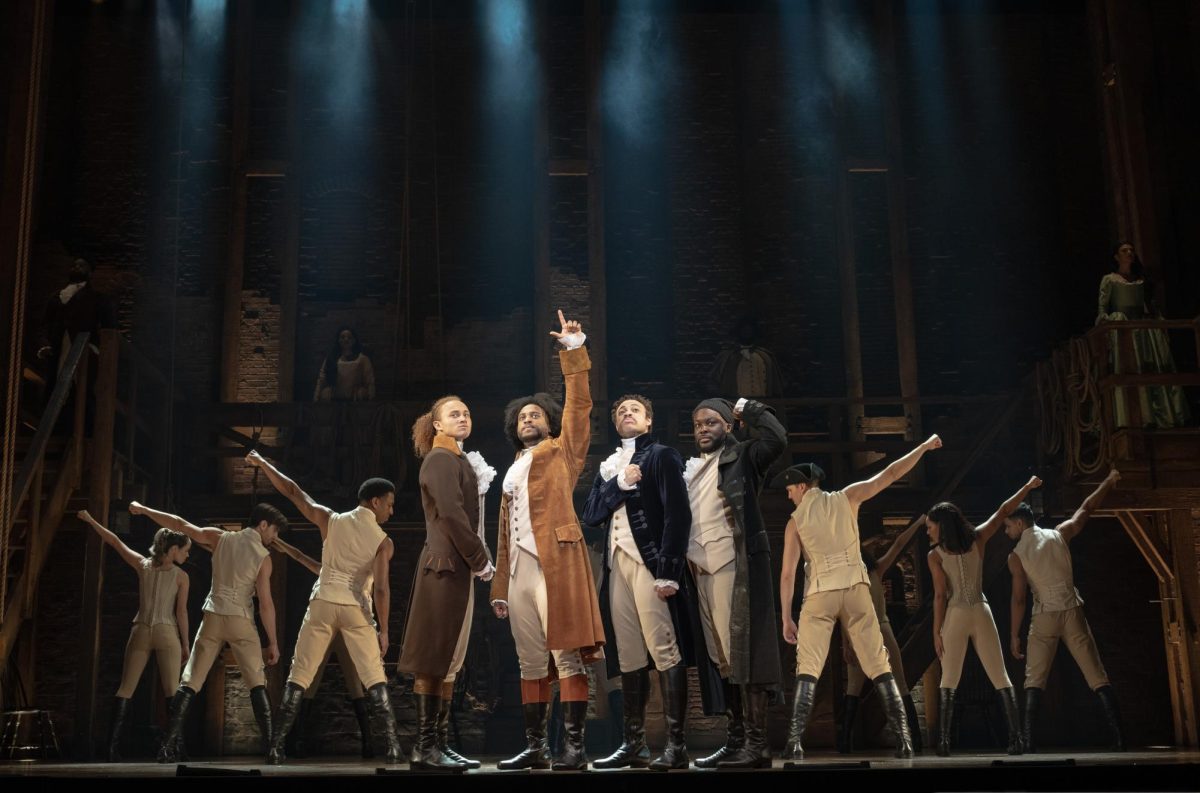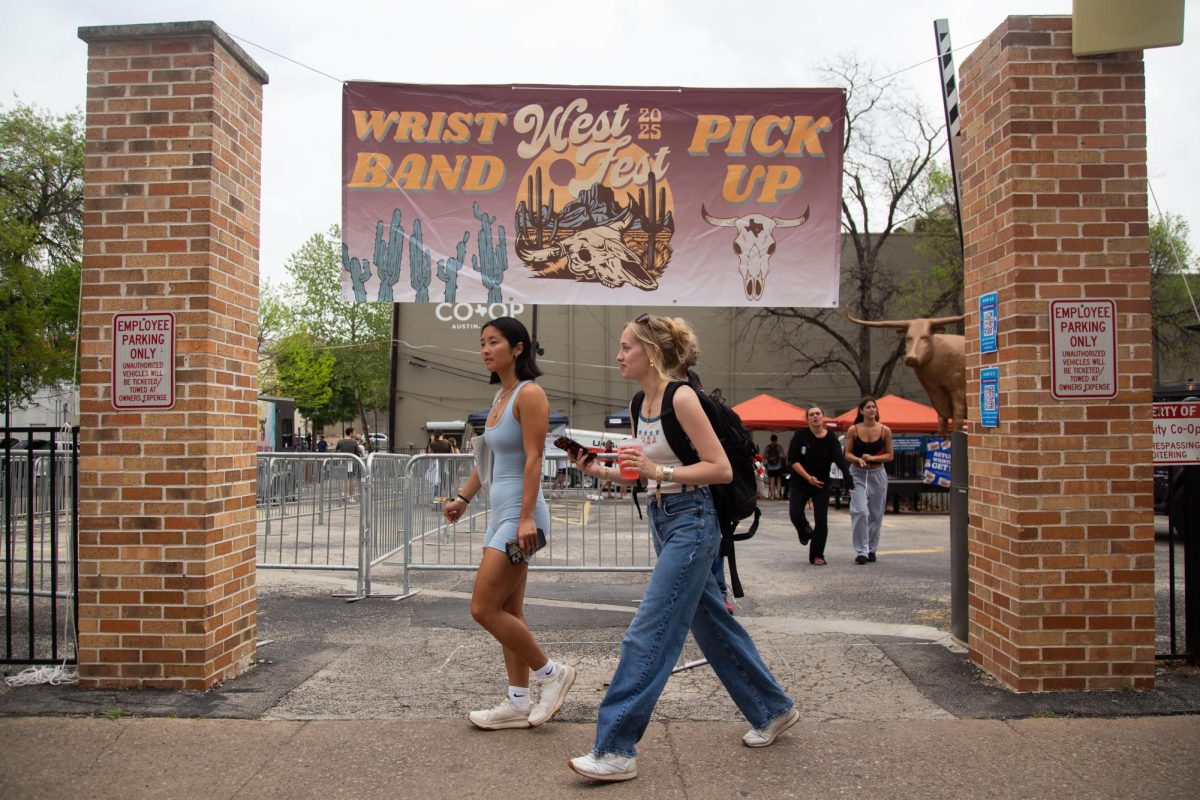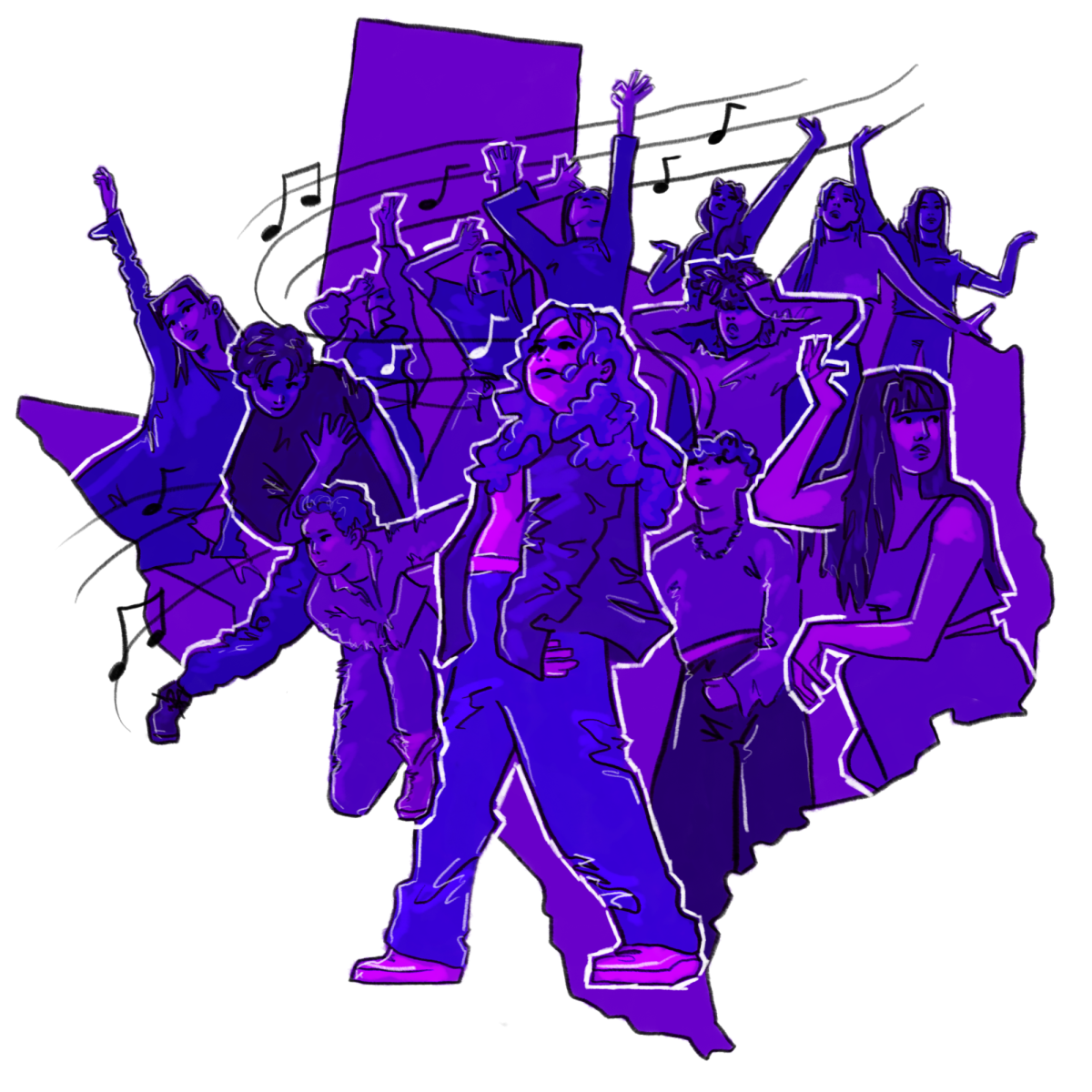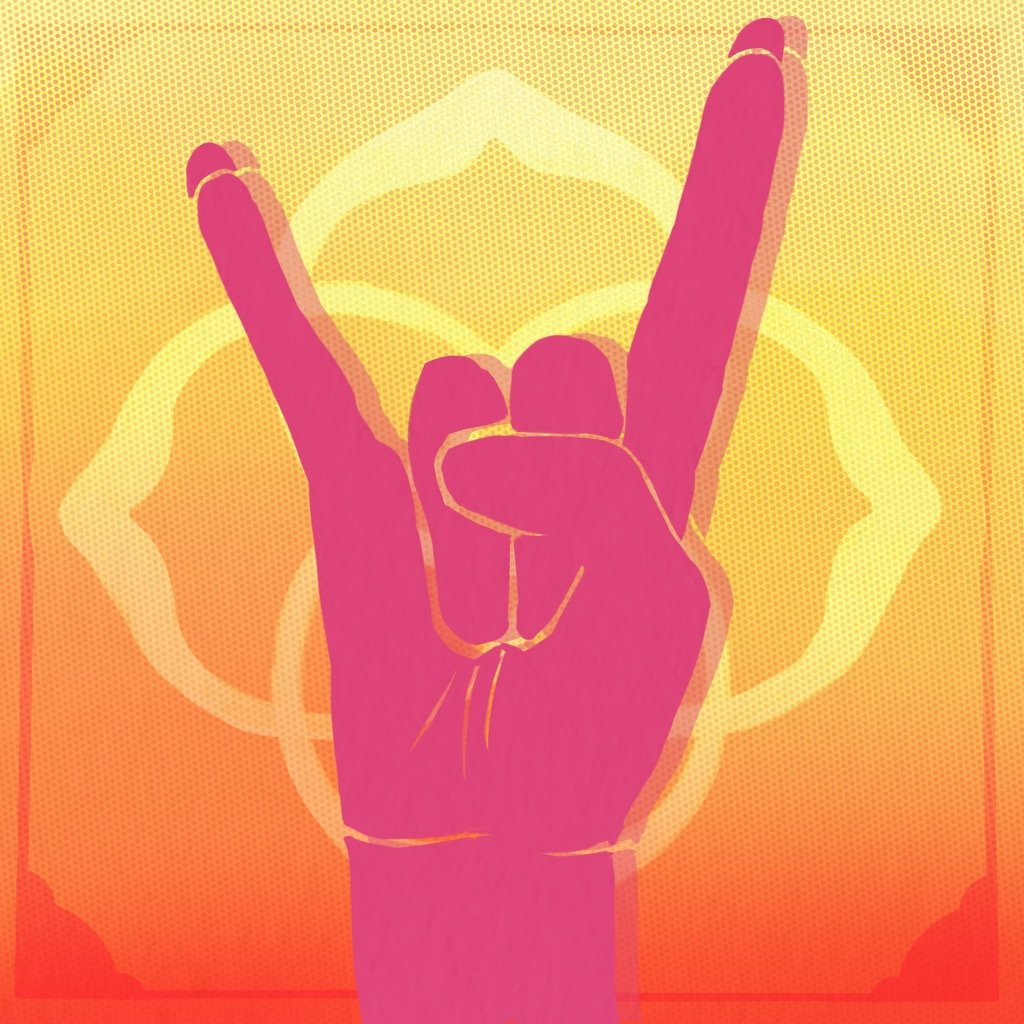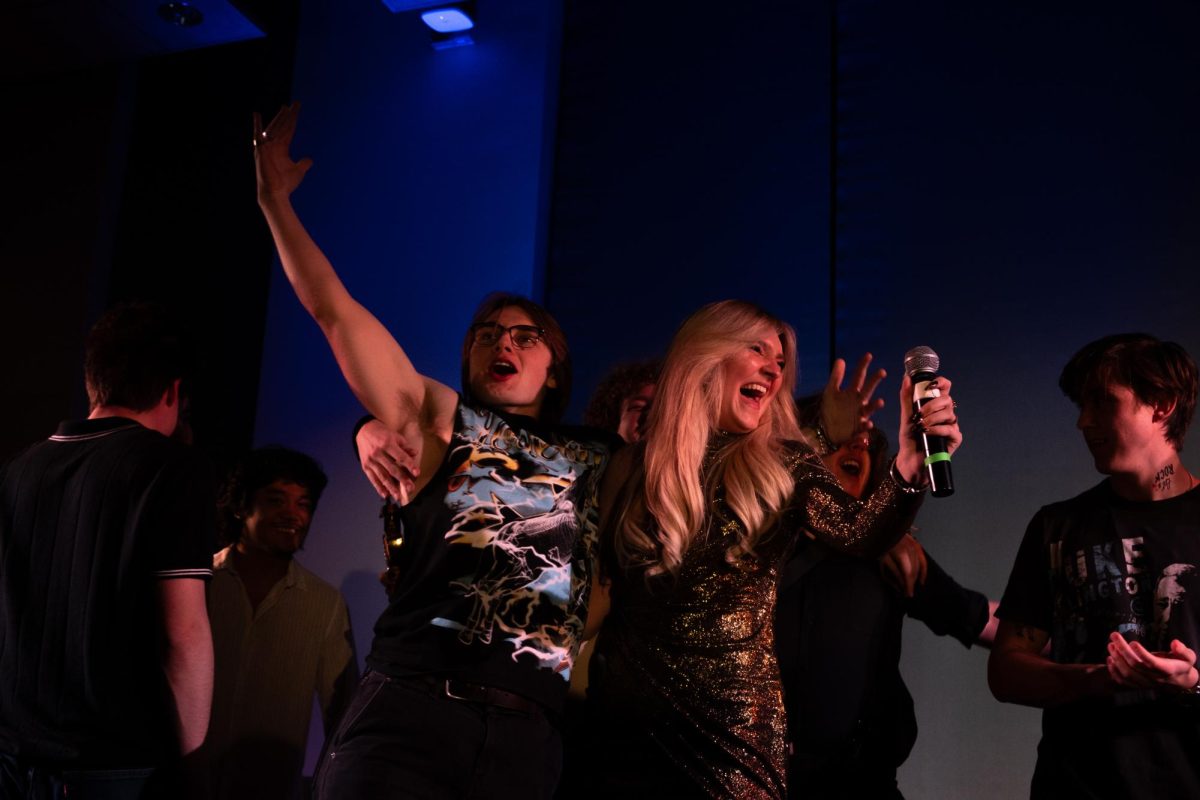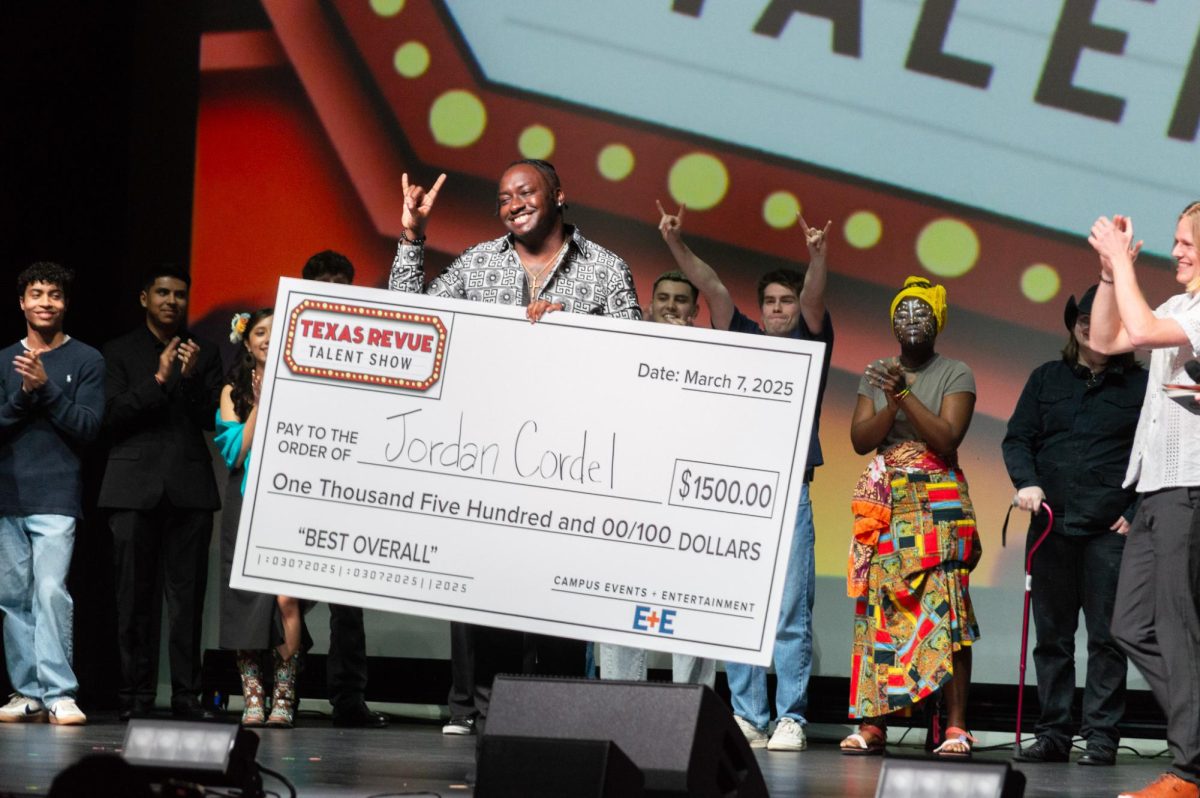On Feb. 15, Google Images disabled the download image option from their engine in order to prevent copyright infringement because of a previous lawsuit from Getty Images. For many, the change may not be a big deal, but for digital art students, it can mean one less resource to pull from for their work.
Many UT students involved in digital arts studies often master their craft through altering existing pieces. While there are ways for them to get around copyright infringement by using the original image from the website, the original creators can also decide that their works cannot be used from their websites.
Tyler Grendel, arts and entertainment technologies freshman, said he understands copyrighted work can be hard to use, but projects at the beginner level sometimes require them.
“I needed a forest, and I used a picture online and I thought about how an artist took that picture,” Grendel said. “I’m not sure if they’re okay with it, but at the moment I needed it for a project.”
Grendel also said it can be hard to know what the original creator of an art piece allows for the use of their work because it is not always obvious. There is always a risk with putting art on a public space such as the internet, as it can be used or imitated unlawfully. This was one of the many fears for Isaac Gonzalez, arts and entertainment technologies junior.
“I was always hesitant to post my work online because I thought about someone stealing it,” Gonzalez said. “But the creator part of me had to accept that.”
Gonzalez said he has started to post more of his creations online to help with his future career goals.
Under Fair Use and Creative Commons laws, artists can find ways to use someone else’s material if it is done in an appropriate manner or credited. Neal Daugherty, a lecturer for the School of Design and Creative Technologies, said he has gained knowledge and experience with artist representation through his work in the art industry.
Daugherty said he believes artists should be allowed to use others’ art to aid their own, but the negative impacts can sometimes be too much of a problem. For example, Daugherty said, the Pepe the Frog meme has been turned into a hate symbol for extremist groups. This misuse led to the original artist, Matt Furie, having to destroy his own creation.
“When it harms the artist and takes money out of their pocket, that’s when it’s a problem.” Daugherty said.
For professional artists, their brands and reputation can be slandered without copyright. But for digital art students, it can be hard to learn without using others’ work. The question of middle ground between the two is still unclear when it comes to copyright.
Daugherty said at the moment, open source materials are the best option for students because they are free to use even though there are a limited number of them. Daugherty said he encourages his students to use other work but to always cite their sources and be aware of copyright. He believes if there was another way to use another’s art he would support it, but for the moment, copyright is here to stay.

